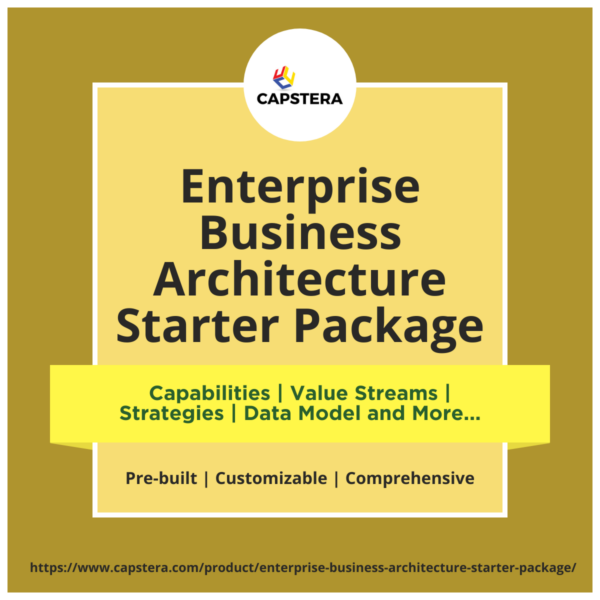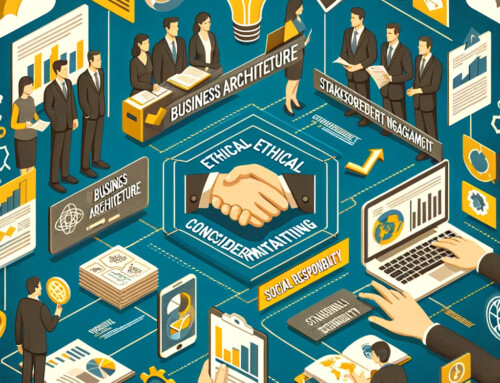This article addresses the shortcomings, criticisms, and flaws of the TOGAF enterprise architecture framework. Obviously, this is an opinion and may not reflect the universal view of experts and analysts. Despite the shortcomings and flaws, TOGAF is still a strong enterprise architecture framework. Understanding the criticisms and flaws of TOGAF may allow corporations to tailor and customize the TOGAF framework to their specific and unique requirements. (This article focuses on criticisms of TOGAF and not the strengths, which we may cover in a different post.)
The Open Group Architecture Framework (TOGAF) is a well-known enterprise architecture framework used to design, plan, implement, and govern an enterprise information technology architecture. However, like any framework, it has both strengths and weaknesses. Here are some of the commonly cited flaws and criticisms of TOGAF:
Criticisms and Flaws of TOGAF:
- Complexity: TOGAF is often criticized for its complexity, making it difficult to understand and implement without extensive training and experience.
- Lack of Detail in Implementation Guidance: While TOGAF provides a high-level structure, it may lack detailed guidance on implementing specific technologies, leaving gaps the organization must fill.
- Rigidity: The framework’s structure can sometimes be seen as too rigid or prescriptive, limiting flexibility and innovation.
- Heavy Documentation Focus: TOGAF emphasizes thorough documentation, which can be cumbersome and time-consuming. This focus on documentation might lead to a lack of agility and responsiveness.
- Not Fully Agile or Adaptive: TOGAF’s structured approach may not align well with more agile or iterative development methodologies. This can make it challenging to use TOGAF in environments that require rapid change and flexibility.
- Potential for Over-Engineering: Its comprehensive nature can lead to over-engineering, where unnecessary layers of complexity are added, increasing costs and potentially slowing down the project.
- Lack of Focus on Business Value and Outcomes: Critics argue that TOGAF can be too IT-centric, focusing more on technology than business value and outcomes.
- Cost of Training and Certification: The cost of training, certification, and implementation can be high, particularly for small and medium-sized businesses.
- Potential Disconnect with Current Technologies: TOGAF’s broad approach may not always align well with current or emerging technologies, potentially causing a disconnect between the architecture and the technology landscape.
- May Not Be Suitable for All Organizations: TOGAF may not be the best fit for all types of organizations, particularly those with unique or particular needs that don’t align well with TOGAF’s generalized approach.
- Limited Focus on Security and Privacy: Security and privacy concerns may not be addressed adequately in TOGAF, particularly in the context of current regulatory and threat environments.
- Cultural Challenges: Implementing TOGAF often requires a significant change in organizational culture, and resistance to this change can hinder successful implementation.
- Vendor Bias: Some critics argue that TOGAF may have biases towards certain vendors or technologies, limiting its objectivity.
- Potential Misalignment with Other Standards and Frameworks: TOGAF may not always align well with other existing standards and frameworks within an organization, potentially causing conflicts or redundancies.
- Scalability Issues: Smaller organizations may find TOGAF’s approach too extensive and complex, making it challenging to scale down to their specific needs.
While these are some of the common criticisms and flaws of TOGAF, it’s important to note that the appropriateness and effectiveness of TOGAF can vary widely depending on the specific context, needs, and goals of an organization. Many organizations successfully employ TOGAF by adapting it to their unique requirements and complementing it with other methodologies and tools.



